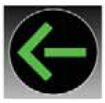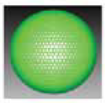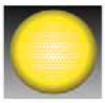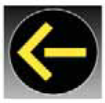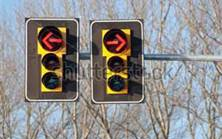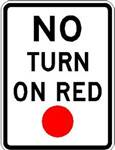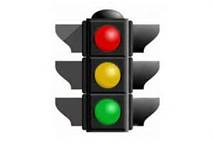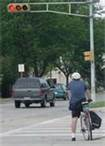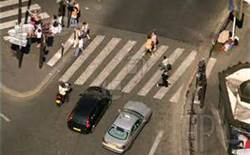Lane use signals
These signals indicate lanes where you can and cannot drive during different hours of the day. These signals are used often to reverse a lane’s direction. They provide additional lanes for heavy morning and evening traffic.
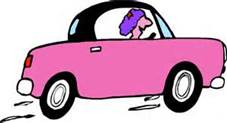
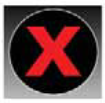
Red X: Never drive in a lane marked with a red X signal
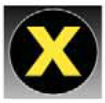
Yellow X: A yellow X signal means that you
should move out of the lane as soon as safely possible.
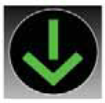
Green Arrow: You are permitted to drive in a
lane marked with a green arrow signal.
